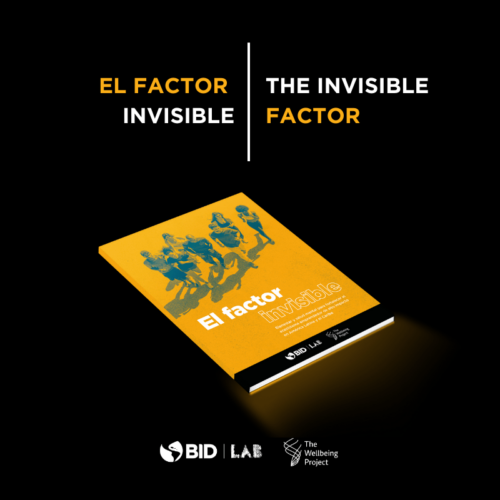7 Ways to Take Action and Promote Workplace Wellbeing7 Ways to Take Action and Promote Workplace Wellbeing
Stories from the Hearth
Watch the full session from Hearth Summit Bogotá.
Quick Reads
- Fostering wellbeing in the workplace isn’t a nice-to-have — it’s a key element of organizational success.
- Taking short, frequent breaks throughout the day helps employees recharge, improve focus, and prevent burnout.
- Open communication fosters trust and enhances workplace wellbeing.
- Encouraging physical activity can reduce stress and boost mental and physical health.
- Recognizing achievements and supporting work-life balance create a positive work environment where employees feel valued and motivated.
Promoting workplace wellbeing isn’t just a nice-to-have — it’s essential for fostering a positive and productive environment where employees can thrive. At Hearth Summit Bogotá, visionary social entrepreneur Eleanor Allen shared insightful strategies for organizational wellbeing to avoid burnout and encourage employee excellence. Inspired by these tips, here are seven actionable steps that any organization can implement to create a healthier, happier work culture.
1. Take Regular Breaks
Taking short, frequent breaks throughout the day to prevent burnout and maintain productivity. Encouraging employees to step away from their desks — even for a few minutes — helps them recharge, improve focus, and sustain their energy levels. Implementing policies that remind employees to take breaks, such as using productivity apps or scheduling stretch sessions, can be helpful.
2. Foster Open Communication
A key takeaway from Eleanor’s executive experience is that a workplace where employees feel heard is a workplace where they can thrive. Encouraging open communication through regular team meetings, feedback sessions, and an open-door policy can strengthen trust and collaboration. When employees feel comfortable sharing their thoughts and concerns, it positively impacts their mental well-being and overall job satisfaction.
3. Promote Physical Activity
Exercise isn’t just for the gym! Physical activity reduces stress and boosts both mental and physical health. Organizations can promote movement by offering on-site fitness facilities, organizing group exercise sessions, or encouraging walking meetings. Even small initiatives, like standing desks or lunchtime yoga, can make a big difference in overall well-being.
4. Provide Professional Development Opportunities
Employees who feel like they are growing in their careers experience greater job satisfaction. Investing in professional development — whether through workshops, training sessions, mentorship programs, or tuition assistance — demonstrates that an organization values its team’s growth and success. Encouraging continuous learning benefits both employees and the company.
5. Recognize and Reward Achievements
The importance of feeling valued in the workplace is essential. Implementing recognition programs — whether through formal awards, peer-to-peer shoutouts, or a simple “thank you” in a meeting — can go a long way in motivating employees. A culture of appreciation fosters a positive work environment and encourages continued engagement and excellence.
6. Support Work-Life Balance
Encouraging a healthy work-life balance is a necessary part of preventing stress and burnout. Organizations can support employees by offering flexible work schedules, remote work options, or ensuring they use their vacation time. Promoting a culture where people feel comfortable taking breaks and setting boundaries between work and personal life leads to happier, more productive employees.
7. Create a Positive Work Environment
A workplace should be more than just a place to get things done — it should be a space where people feel valued, respected, and included. Companies can foster a positive culture by encouraging team-building activities, celebrating diversity, and promoting collaboration. A supportive and inclusive atmosphere leads to stronger relationships and a more enjoyable work experience.
By taking proactive steps to prioritize workplace wellbeing, organizations can create a culture that supports both employee happiness and business success. These actionable strategies can help build a healthier, more engaged workforce. After all, wellbeing inspires welldoing — so why not start making changes today?
Organizational culture, work-life balance, and employee wellbeing are key topics that are explored at the Hearth Summits taking place around the world. Want to join in?










































